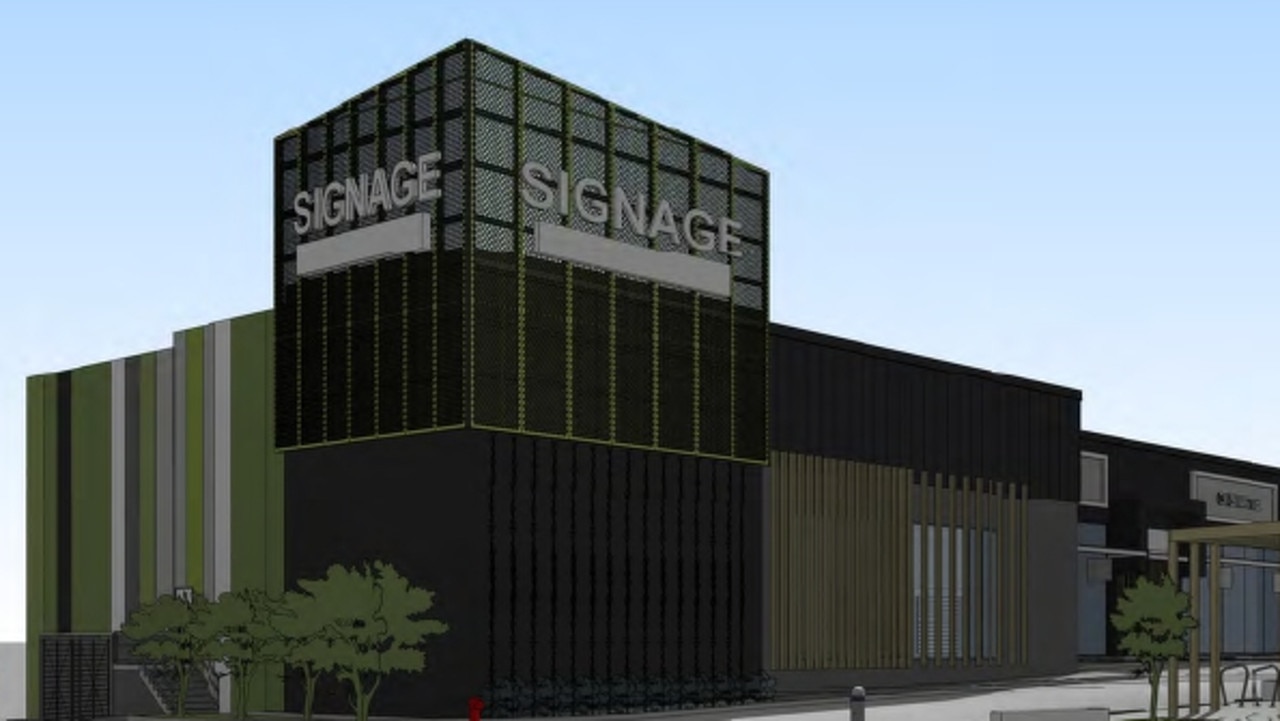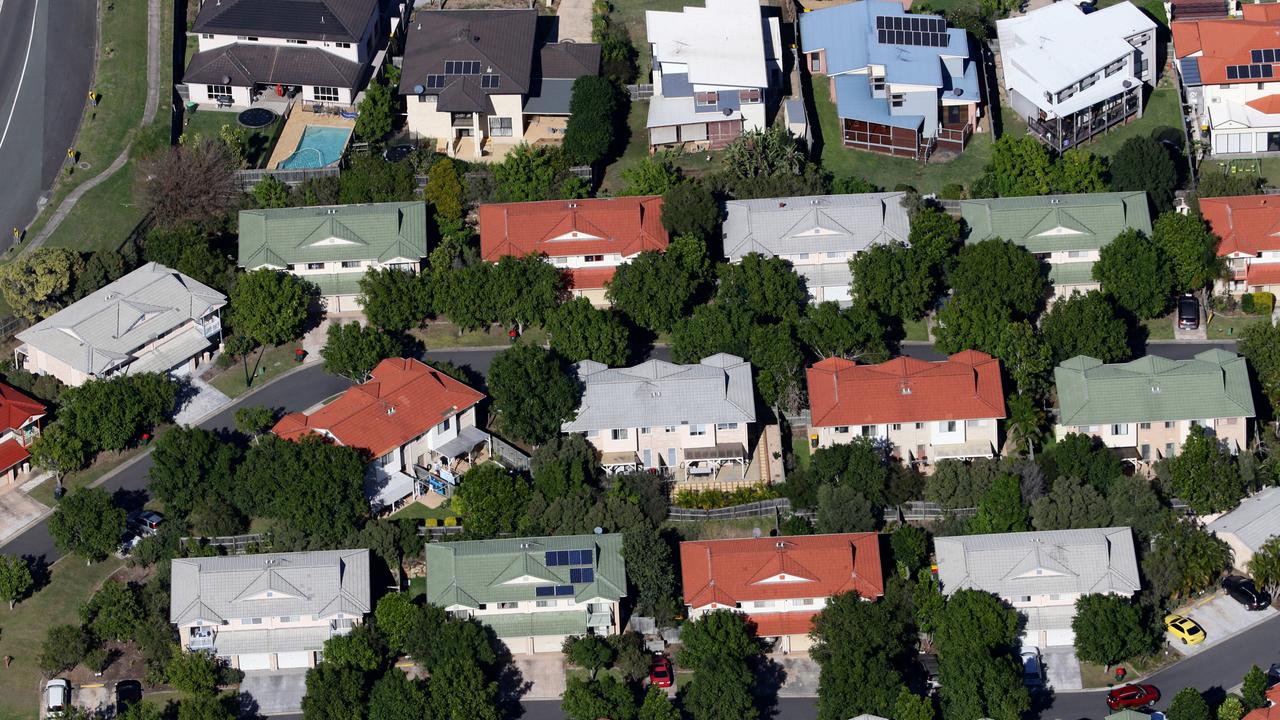How the banks wound up collecting almost half Melbourne’s home value growth in 2023
Melbourne homeowners turned a profit in 2023 as limited choice for buyers drove prices up despite five interest rate hikes. But for many, close to half the windfall went straight to someone else.
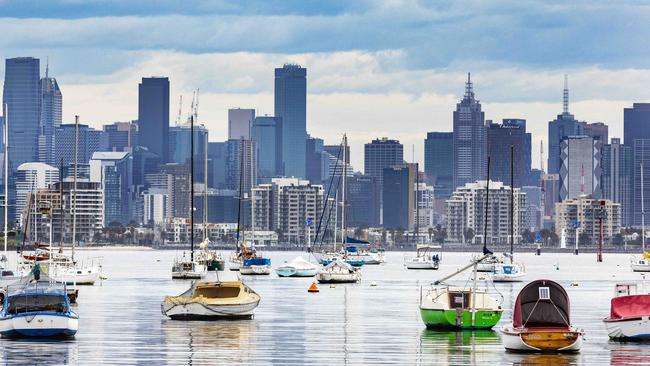
Property
Don't miss out on the headlines from Property. Followed categories will be added to My News.
Melbourne house values recorded Australia’s second-worst growth in 2023, rising just $8350 to $916,000 across the year.
Homeowners are starting the new year just 0.92 per cent better off, according to PropTrack figures released in the firm’s latest Home Price Index today.
And after five interest rate hikes almost half that growth, about $4000, would have been spent on increasing mortgage payments over the 12 months.
RELATED: Victoria’s record-breaking home sales in 2023
Victorian suburbs to watch in 2024: Home buyers to search further afield for value
Melbourne’s fastest-selling suburbs revealed where homes are snapped up in just 15 days
Only Hobart, where the typical home lost about $26,000 (3.55 per cent), performed worse than Melbourne.
Regional Victorian houses also outperformed the state capital, with the typical freestanding home rising 1.92 per cent to $749,000 — though figures were tougher in some areas, with Geelong’s median residence dropping by 3.47 per cent.
Units in the big smoke rose 0.75 per cent to $614,000, but were also outpaced by their country counterparts which gained 1.75 per cent to reach $593,000.
Nationwide, house prices rose about $58,883 (6.83 per cent) as an average across the state capitals.
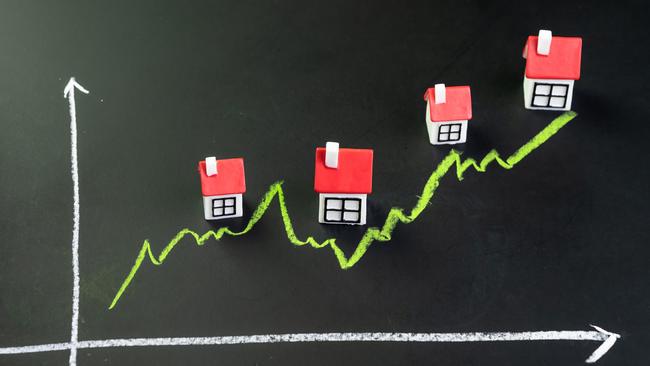
PropTrack economist Anne Flaherty said home prices had been “remarkably resilient” as a result of slim pickings for buyers.
And while in 2022 rising mortgage costs led to price falls, Melbourne has since maintained a steady recovery though is yet to regain its last price peak.
“While there’s no question many mortgage holders have been doing it tough, to date, there has only been evidence of a modest increase in distressed listings,” Ms Flaherty said.
Online comparison site Finder figures show that as cash rate hikes hit last year, the average variable home loan’s interest went from 4.29 per cent in January to 5.74 per cent by December.
Contrasted against an 80 per cent loan for a house bought at the start of the year, the figures show Melbourne owners handed $3949 over to the banks more than they would have if rates hadn’t changed.
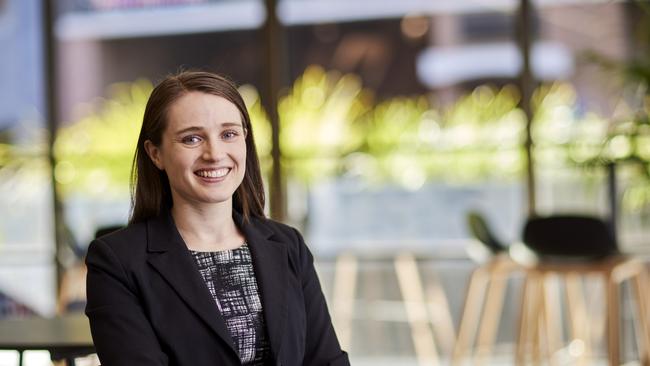
And the hip pocket pain will continue into the new year, with the monthly mortgage payment for the city’s typical house ending the year at $4574, far above the $3960 a month where they started.
Ms Flaherty added that while there was a slight chance of a rate hike this year, home prices were very likely to grow, with an up to 5 per cent increase forecast by the PropTrack economics team nationwide.
“The factors that drove price growth in 2023 are likely to support a further expansion in prices over 2024,” she said.
“These include strong buyer demand, population growth, relatively limited stock for sale, and a more stable interest rate environment.”
Perth and Adelaide are tipped for the best of the growth, followed by Brisbane, with Sydney and Melbourne to maintain a slower rate of growth.
Hobart home values could decline.
Sign up to the Herald Sun weekly real estate update. Click here to get the latest property market news delivered directly to your inbox.
MORE: Victoria’s top 50 homes for 2023 revealed
Seven quirky Victorian homes you can stay in this summer — including The Castle
2023 real estate predictions in review: What the experts got right and wrong

